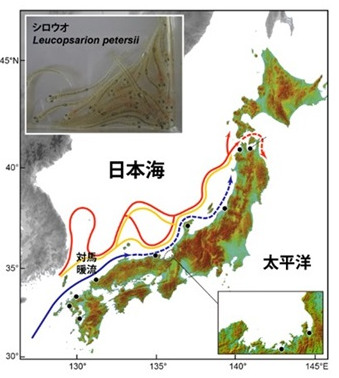2024-12-23 オークリッジ国立研究所(ORNL)
<関連情報>
- https://www.ornl.gov/news/decoding-atmospheric-effects-gravity-waves
- https://www.nature.com/articles/s41597-024-03699-x
1kmグローバルECMWF統合予報システムによる重力波運動量フラックス Gravity Wave Momentum Fluxes from 1 km Global ECMWF Integrated Forecast System
Aman Gupta,Aditi Sheshadri & Valentine Anantharaj
Scientific Data Published:21 August 2024
DOI:https://doi.org/10.1038/s41597-024-03699-x

Abstract
Progress in understanding the impact of mesoscale variability, including gravity waves (GWs), on atmospheric circulation is often limited by the availability of global fine-resolution observations and simulated data. This study presents momentum fluxes due to atmospheric GWs extracted from four months of an experimental “nature run”, integrated at a 1 km resolution (XNR1K) using the Integrated Forecast System (IFS) model. Helmholtz decomposition is used to compute zonal and meridional flux of vertical momentum from ~1.5 petabytes of data; quantities often emulated by climate model parameterization of GWs. The fluxes are validated using ERA5 reanalysis, both during the first week after initialization and over the boreal winter period from November 2018 to February 2019. The agreement between reanalysis and IFS demonstrates its capability to generate reliable flux distributions and capture mesoscale dynamic variability in the atmosphere. The dataset could be valuable in advancing our understanding of GW-planetary wave interactions, GW evolution around atmospheric extremes, and as high-quality training data for machine learning (ML) simulation of GWs.



